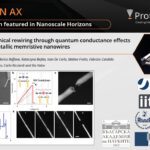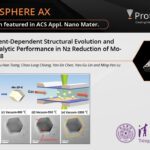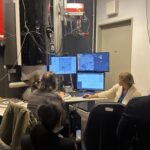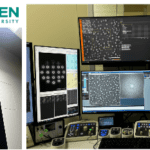
Tuesday publication update! In this newest publication, the #FusionAX system was used to do electrical biasing experiments using in situ electron microscopy on next-generation resistive random-access memory (RRAM).
By employing advanced electron microscopy techniques, including transmission electron microscopy (TEM), X-ray photoelectron spectroscopy (XPS), and electron energy-loss spectroscopy (EELS), the microstructural evolution of Pt/NiO/Nb2O5 x/Pt bilayer devices could be followed.
⚡ The results clearly show that adding a polycrystalline NiO layer not only improved the electrical properties of Pt/Nb2O5 x/Pt monolayer devices but also led to a doubling of endurance and a reduction of the set voltage in Pt/NiO/Nb2O5 x/Pt bilayer devices.
Electron microscopy showed the intricate nature of the conductive filament (CF), showcasing the presence of oxygen vacancies and the formation of a funnel-shaped CF with the neck at the NiO/Nb2O5 x interface.
These insights provide a unique perspective and innovative strategy for enhancing RRAM devices and exploring new applications in electronics.
Want to read the entire paper?
http://www.doi.org/10.1016/j.jallcom.2024.173889
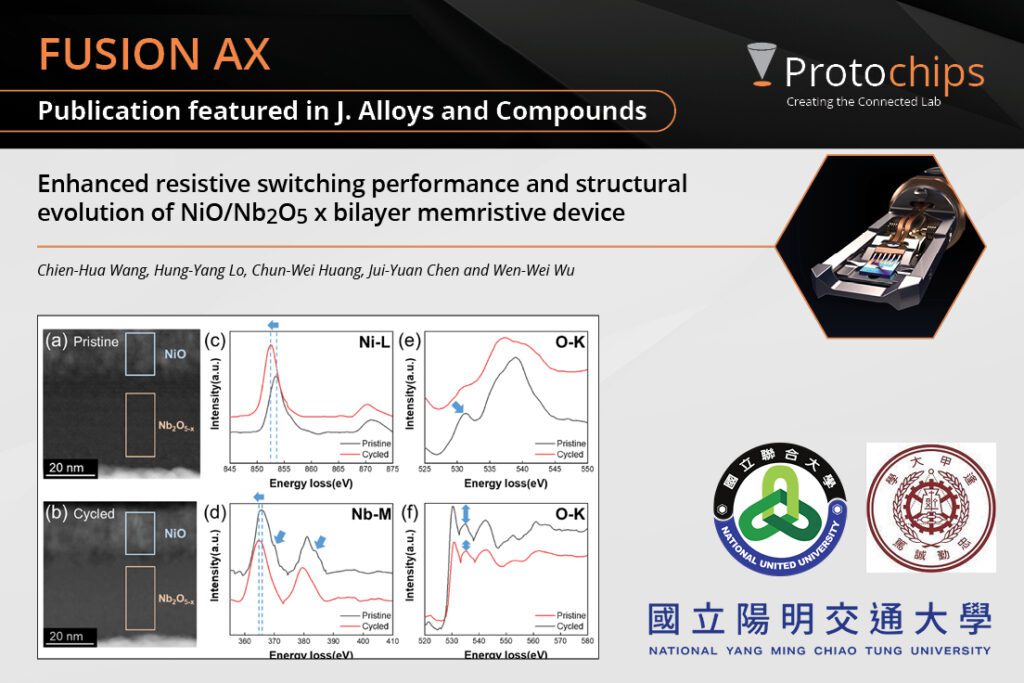
#Protochips #findyourbreakthrough #ElectronMicroscopy #RRAM #Nanotechnology #Innovation #Electronics #MicrostructuralAnalysis

